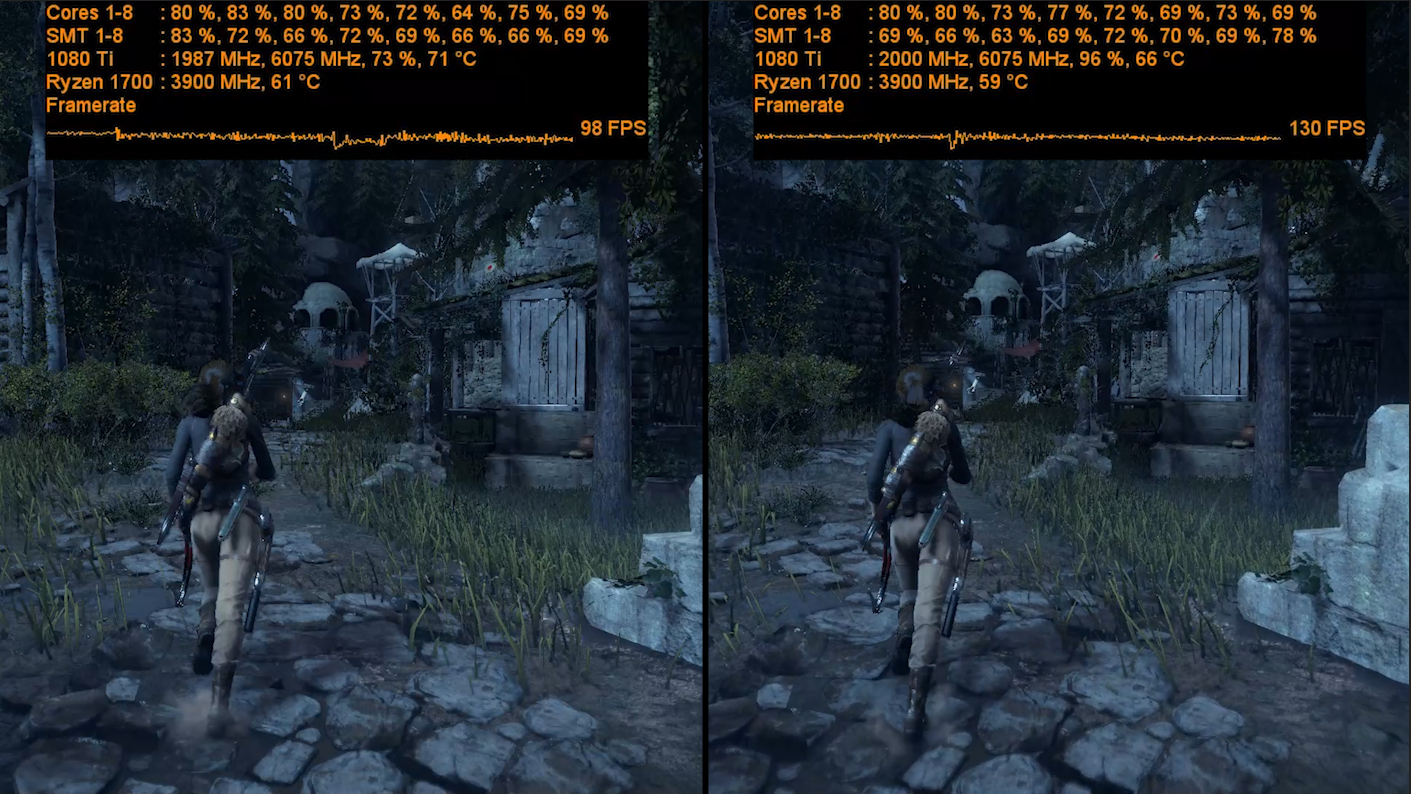I did not see Intel on that membership list, so why should research undertaken by Intel be available to OpenCAPI? I don't think AMD can play politics with technology it doesn't own.AMD is on the board of OpenCAPI. Doesn't mean they can't play politics with it, but OpenCAPI should be agnostic of the HSA stack. Shared memory and low latency transactions are all that's required.
Perhaps we are discussing different situations. Can you clarify which parts of how things currently work that you are referencing, and whether HSA's model covers them?I'm not suggesting to move commands, but alter the threading model slightly. Not unlike how GPUs currently work, but with the CPU side waiting and more efficient hardware synchronization mechanisms added.
Is there a description for this? GMI uses non-standard speeds in inter-socket and on-package, and the on-package links were described by the Stilt in the anandtech forums (generally accurate thus far, based on MB or BIOS-related review I think) as having a non-standard width.All I'm saying is that the signaling standards are the same.
The on-package link bandwidth doesn't list the same drop in effective bandwidth as the socket links that have the encoding needs of a PCIe transmission.
AMD is the party stating the Infinity Fabric is a superset of Hypertransport. I do not see where this is being inverted to say that this makes it dependent on PCIe, or that some variant of PCIe is going to conform to AMD's proprietary protocol, or how that limits the fabric to current PCIe.Infinity being a superset of whatever PCIe standard gets adopted.
AMD has been on record indicating they are keeping that to themselves.

